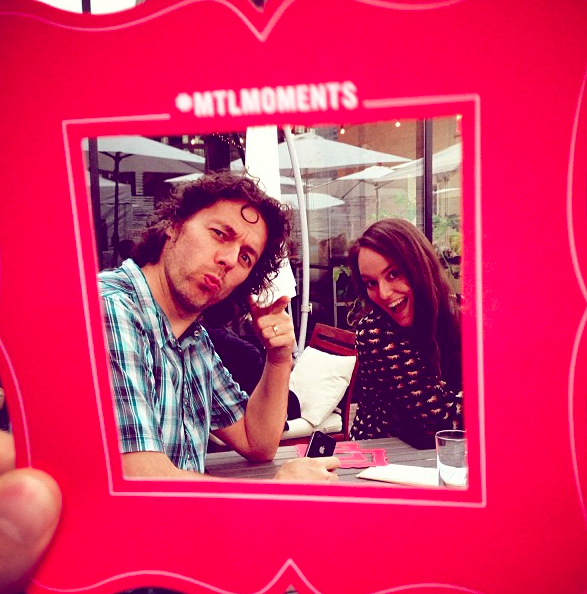We’re living in a time of extreme word-of-mouth. Get people talking and they’ll do the marketing for you. And people love talking about their trips! The Canadian Tourism Commission’s former CEO Michelle McKenzie once said that “we’re in the business to make memories.” Those memories then turned into stories that people wanted to share.
In our model, we describe how storytellers create the stories about a destination that motivate travel. It’s important to motivate these storytellers to start talking. We call these people the conversation starters.
Conversation starters through destination management
To illustrate this concept, let’s start on the ground with a tourism experience. Many businesses offer a great experience. Everything looks right on paper. People love the experience, your staff, your location, and so on. It’s a good start, but that still doesn’t mean consumers will talk about it. They might have no reason to complain, but also no reason to tell anyone about it. How many restaurants have you eaten that were good but you never told anyone about it?
This is where Seth Godin’s ‘purple cow’ principle is important. Godin told us more than 10 years ago that you need to do something remarkable in order to trigger a conversation. Something that stands out. Something that make people grab their camera and take a picture, or something that makes people think, “so-and-so should see this.” Sometimes they’re called social objects.
These “social objects” come in many forms. The Eiffel Tower is authentically remarkable. When you’re in Paris, you will probably take a picture of it. And you’ll probably share it. Some things are remarkable by tradition, like when people line up for hours to kiss the Blarney Stone in Ireland. The IAMsterdam sign at the airport is an object people take photos of to show others that they’re in Amsterdam. Any business can offer something remarkable. I once ate in a restaurant in Portland called Salvador Molly’s that makes a dish so spicy the staff put your picture on the wall just for completing your meal.
At the moment, this is a huge gap that DMOs need to fill. You need to understand what your conversation starters are, identify gaps and fill them in the right way.
Thankfully, a lot of DMOs have already been pursuing this. Tourisme Montréal was an early trailblazer with their Montreal Moments campaign, where frames were placed at events and around the city, so that people could pose within them. Since then, others have followed. At #SoMeT14US, David West from Poconos Tourism presented on the success of their #takeonpoconos campaign, which encouraged influencers and visitors to share the beautiful fall colours. You can watch his presentation here.
Destination British Columbia last year focused on increasing visitors to share more in very fundamentally through engagement and by adding value. In this interview Leah shares some of the activities and learning.
Conversation starters through your marketing
And sometimes you don’t need advertising at all – reach is generated organically. The Super Bowl campaign we worked on for Tourism Dallas was 100% organic. We built a conversation starter in the design of the campaign (“Have you been to Dallas lately?”). In another example, Tourism and Events Queensland got influencers talking during their #Room753 campaign by creating the perfect hotel room for influencers that incorporated a lot of personal touches. Just watch this video made by Miss Malini.
Conversation starters are important considerations in destination marketing. They ignite the stories people tell others. And those stories, in turn, build your brand and persuade others to travel. What are yours?
Previous post in this series: The Destination Management and Marketing Model part 7: Channels











Thanks William! Always love your thought provoking and ‘bang-on’ contributions. We’ve incorporated your storytelling framework with our Travel Alberta SHiFT Experiential Travel training – love it. Keep up the amazing work you do at Destination Think!
Thanks Nancy!